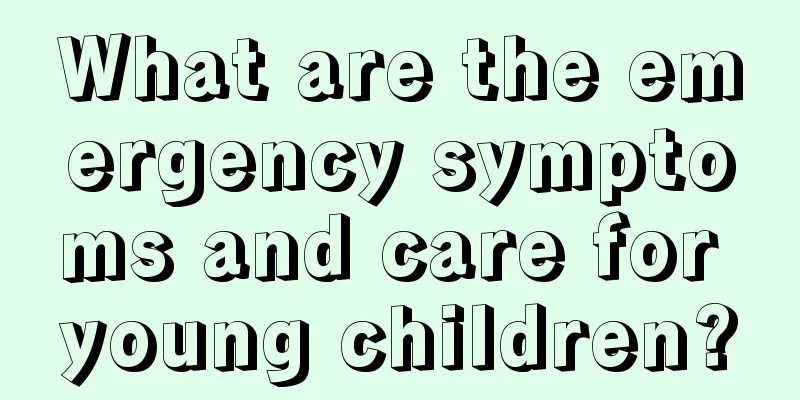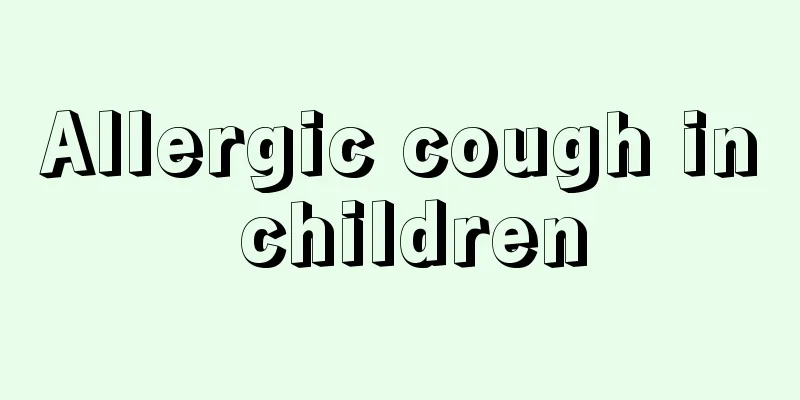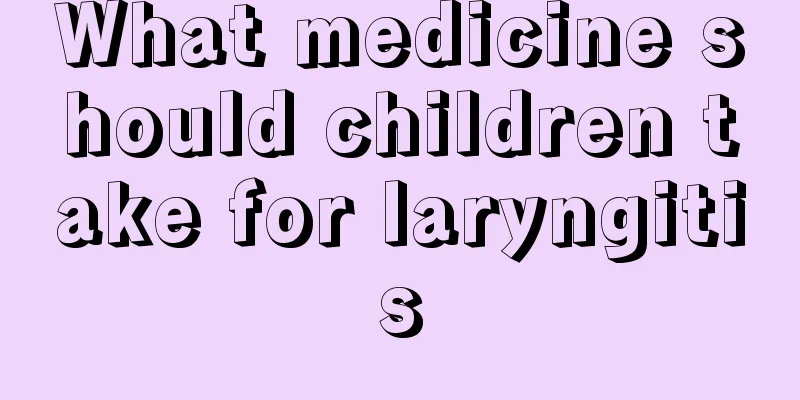What are the emergency symptoms and care for young children?

|
When a young child needs emergency treatment, it is usually a sudden high fever that has a huge impact on the child's health. If not treated in time, it can cause great harm to the body. Children who are in emergency situations usually also have papules, so parents should pay more attention to their children's skin condition in addition to fever. What are the symptoms of roseola infantum 1. Roseola infantum usually presents with a sudden onset of high fever, often exceeding 39°C, with no other obvious symptoms. This high fever usually lasts for 3 to 5 days, and may disappear all of a sudden, with a rash appearing after the fever subsides. The rash may last for several days or just a few hours. 2. During the fever period, the child's general condition is still good, and his spirit and appetite are mostly normal. However, there may be pharyngeal congestion and a full anterior fontanelle. 3. Rash appears within a few hours after the fever subsides. It is red macules or maculopapules, mainly distributed on the trunk, neck and limbs. The rash usually appears and begins to subside within 1 day, usually disappearing completely within 2-3 days, leaving no pigmentation on the skin. 4. Roseola infantum is pink and may appear as small flat dots or raised bumps. These points may have a brighter "halo" around them, and if you squeeze them, the color may turn white. 5. Roseola infantum does not itch and does not cause any other discomfort. Simply touching the rash will not spread the disease. Roseola infantum usually appears on a child's upper body and neck, but it can also spread to the arms, legs, and face. Nursing care for infantile rash (1) Babies should rest more, avoid strenuous play, and suspend physical exercise; (2) Drink plenty of water and add appropriate amounts of fruit juice, which not only increases vitamin intake but also facilitates sweating and urination, and can promote the excretion of toxins; (3) During the period of illness, the baby should eat easily digestible food. If the baby is already able to eat solid food, he should eat liquid or semi-liquid food at this time. But be careful to make sure it is nutritious; (It is not recommended to drink sweetened water with high sugar content, as it will affect the baby's appetite at this time) (4) Deliberately and appropriately supplement vitamin C and vitamin B; (5) The place where the baby rests should be quiet, with good ventilation and fresh air; (6) The quilt should not be too thick or too much, as this will not be conducive to heat dissipation; (7) Make sure your baby’s skin is kept clean and hygienic, and wipe off sweat from the baby’s body frequently to prevent the baby from catching a cold and from getting infected if he or she has a rash. (8) When the body temperature exceeds 39 degrees, you can wipe the child’s body with warm water or 37% alcohol to prevent high fever convulsions. (Alcohol is not recommended for cooling babies. If parents do not know the alcohol concentration, it is not recommended for older babies as it is irritating to the skin.) |
<<: What are the three symptoms of growing pains in children?
>>: What are the symptoms and treatments for children with intestinal spasms?
Recommend
What to do if your child sweats a lot
The baby is the treasure of the family. Parents w...
The child keeps coughing
Babies usually have weak body resistance. If it i...
Can children take vitamin B?
Vitamin B is a common nutrient in life. It has ma...
What should you pay attention to when your baby changes his teeth?
When the baby is changing teeth, mothers should p...
What causes pain when urinating in girls
Everyone knows that the physiological structures ...
Mild brain injury in newborns
Brain damage in newborns can cause great harm, an...
What medicine is good for children with zinc deficiency?
As people grow, their bodies will lack nutrients t...
What to do if your two-year-old baby vomits
If a two-year-old baby experiences nausea and vom...
What medicine should children take for dry cough without phlegm? Let the experts tell you!
Children often cough, which makes parents very di...
What causes stomach pain and bloating in children?
During the stage of physical development, childre...
Neonatal jaundice MRI
The main symptom of neonatal jaundice is the yell...
My baby has sparse hair on the back of his head. What’s going on?
Some babies have normal hair on their heads, but ...
What are the folk remedies for children's cold and fever?
Children generally have weak constitutions, and m...
What should I do if my child has poor stamina?
The physical health of children is very important...
My child's teeth are falling out and not growing back. What's wrong?
Nowadays it is quite common for children's te...









